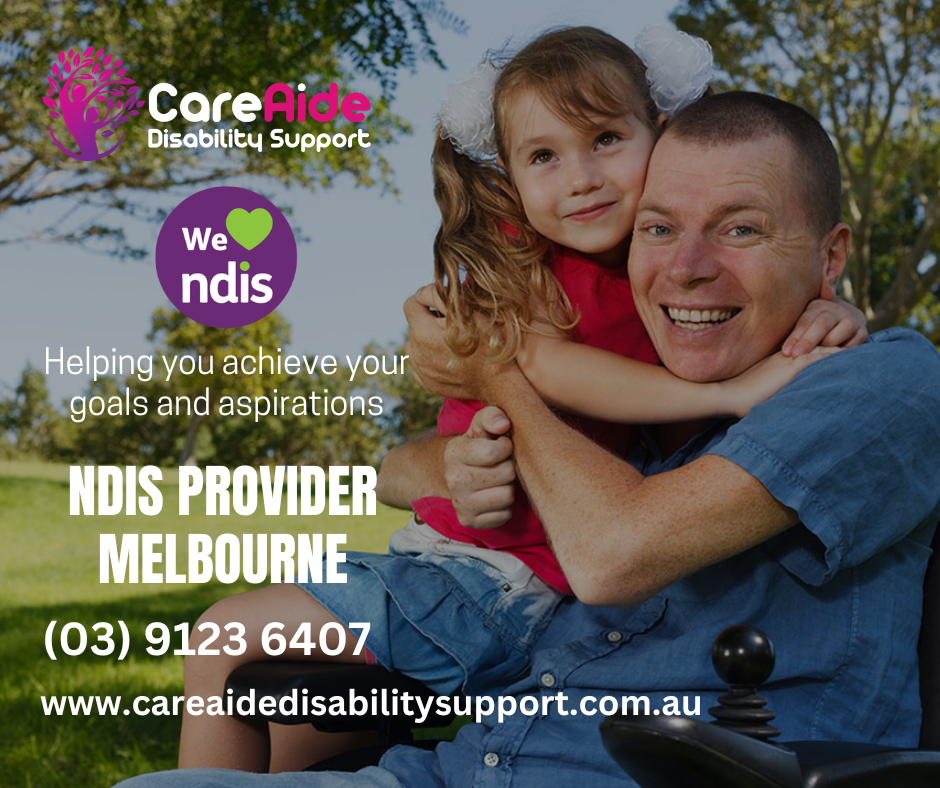
Barrier 1: Accessibility
One of the most significant barriers faced by disabled people is accessibility. This can take many forms, including physical barriers such as inaccessible buildings and lack of appropriate transportation options, as well as digital barriers such as inaccessible websites and technology. Without access to these resources, young individuals with disabilities may struggle to fully participate in education, employment, and social activities.
Barrier 2: Social Exclusion
Social exclusion is another common barrier faced by people with disabilities. Negative attitudes and stereotypes can lead to discrimination and exclusion, which can impact a young person’s ability to form relationships, participate in social activities, and access employment opportunities. This can lead to feelings of isolation and low self-esteem, which can hurt mental health and overall well-being.
Barrier 3: Limited Educational Opportunities
Access to quality education is essential for young people with disabilities to achieve their full potential. However, many young individuals with disabilities face limited educational opportunities due to a lack of resources and support. This can lead to lower academic achievement and fewer employment opportunities, perpetuating the cycle of poverty and exclusion.
Barrier 4: Limited Employment Opportunities
Employment can be a significant challenge for young people with disabilities. Negative attitudes and lack of accommodations can make it difficult for young individuals with disabilities to secure employment, leading to higher rates of unemployment and poverty. This can also impact mental health and overall well-being, as employment provides a sense of purpose and financial stability.
Barrier 5: Lack of Accessible Healthcare
Access to quality healthcare is essential for everyone but can be particularly challenging for young people with disabilities. Many healthcare facilities are not designed to accommodate individuals with disabilities, leading to barriers to accessing healthcare services. This can result in delayed or inadequate healthcare, leading to poorer health outcomes and increased healthcare costs.
Barrier 6: Limited Access to Assistive Technology
Assistive technology can be a game-changer for young people with disabilities, providing them with the tools and resources they need to navigate the world around them. However, limited access to assistive technology can be a significant barrier for many young people with disabilities. Assistive technology can be expensive, and insurance coverage can be limited or non-existent. This can prevent young individuals from accessing the technology they need to achieve their goals and participate fully in society.
Barrier 7: Lack of Support Services
Many young people with disabilities require NDIS provider services to navigate the world successfully. These services can include personal care attendants, transportation assistance, and specialized medical care. However, the limited availability of these services can be a significant barrier for young individuals with disabilities. In many cases, support services are not covered by insurance, and families may not be able to afford them, leading to decreased access to essential services.
Barrier 8: Mental Health Challenges
Young people with disabilities may face a range of mental health challenges, including anxiety, depression, and low self-esteem. These challenges can be exacerbated by the other barriers faced by young individuals with disabilities, such as social exclusion and limited employment opportunities. Without access to appropriate mental health support, these challenges can become overwhelming, leading to a decreased quality of life.
Barrier 9: Lack of Accessibility in Public Spaces
Public spaces should be accessible to everyone, regardless of their abilities. However, many public spaces are not designed with accessibility in mind, making it challenging for young people with disabilities to access these spaces. This can include things like a lack of wheelchair ramps, inaccessible bathrooms, and narrow doorways. Without accessibility in public spaces, young people with disabilities may struggle to participate in community activities and events.
Barrier 10: Limited Opportunities For Recreation And Leisure
Recreation and leisure activities are essential for everyone, including young individuals with disabilities. However, limited opportunities for recreation and leisure can be a significant barrier for many young people with disabilities. This can include things like inaccessible parks and playgrounds, lack of adaptive sports programs, and limited transportation options to participate in community activities. Without access to these opportunities, young individuals with disabilities may miss out on the social, physical, and emotional benefits of recreation and leisure activities.
In conclusion, young people with disabilities face a range of unique challenges, including accessibility, social exclusion, limited educational and employment opportunities, and a lack of accessible healthcare. By addressing these barriers and providing disability support Werribee services and resources to young individuals with disabilities, we can create a more inclusive and equitable society where all individuals have the opportunity to achieve their full potential.

Recent Comments